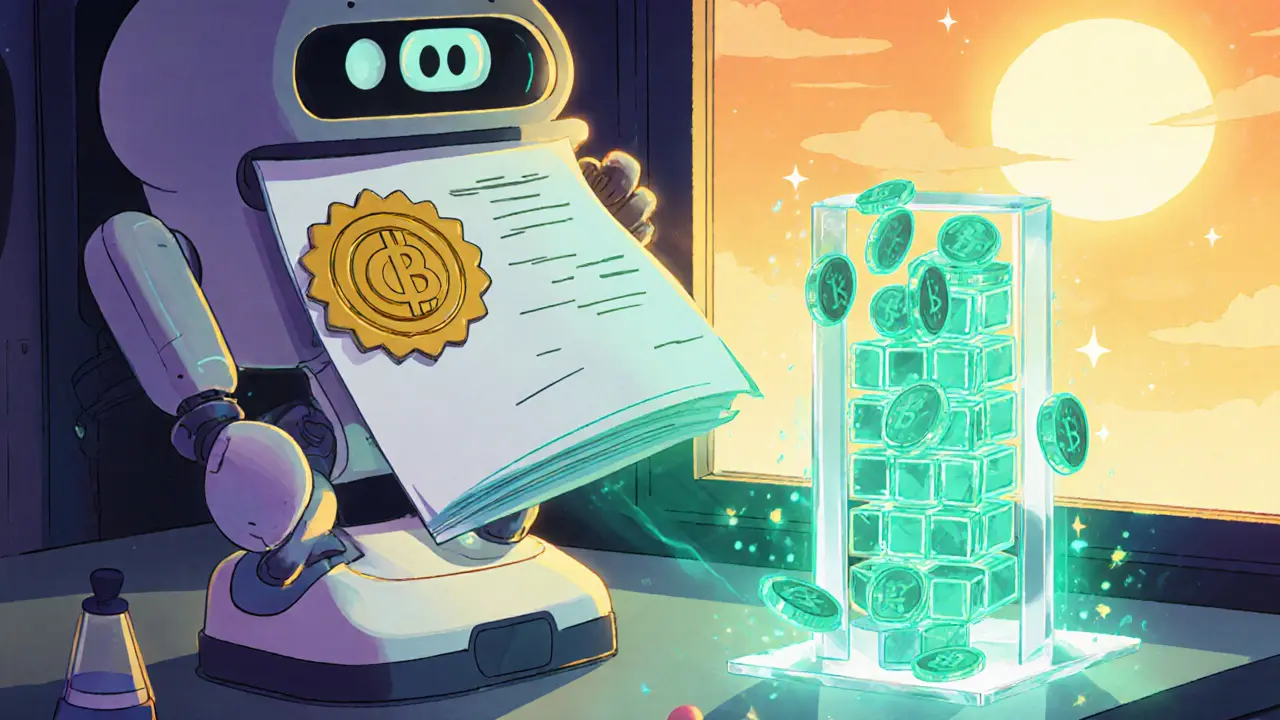Tokenized Carbon Credits
When you hear Tokenized Carbon Credits, digital tokens that represent verified carbon offsets recorded on a blockchain. Also known as crypto carbon credits, they let anyone buy, sell, or trade emission reductions just like other crypto assets. They sit on top of traditional Carbon Credits, certified units equal to one ton of CO₂ reduced or avoided and use the security of Blockchain, a decentralized ledger that records transactions immutably. Because ESG Investing, investment strategy that considers environmental, social, and governance factors demands transparent data, tokenization becomes a natural fit.
Tokenized carbon credits bring three key benefits: traceability, fractional ownership, and instant settlement. Traceability means every token’s history is visible on the chain, so buyers can verify that a ton of CO₂ was actually removed. Fractional ownership lets small investors purchase a slice of a large project, opening the market to retail participants. Instant settlement removes the paperwork and delays that plague traditional registries.
Why tokenized carbon credits matter now
The climate crisis creates a huge demand for real‑world offsets, and companies are under pressure to meet net‑zero goals. Tokenization offers a scalable solution by turning a physical offset into a programmable asset. This link between climate action and DeFi means that liquidity providers can earn yields by supplying offsets to borrowing platforms, while NGOs can tap new funding streams. In short, the more tokens flow, the faster capital reaches the projects that cut emissions.
Regulators are catching up, too. Standards bodies like Verra and Gold Standard now publish APIs that feed verification data straight into smart contracts. When a registry confirms a credit, the corresponding token is minted automatically, reducing human error. At the same time, compliance rules require robust anti‑double‑counting mechanisms, which blockchain can enforce by locking the original credit after tokenization.
Despite the hype, challenges remain. Double counting can still happen if off‑chain registries don’t sync properly with on‑chain data. Auditors need clear methodologies to audit smart contracts, and investors must understand token risk – price volatility, smart‑contract bugs, and market liquidity can all affect returns. Projects that combine third‑party verification with transparent on‑chain reporting tend to inspire the most confidence.
From a market perspective, you’ll see a mix of players: large corporates buying bulk offsets, DeFi platforms offering carbon‑backed stablecoins, and retail traders hunting yield on secondary markets. Each group drives a different use case – risk‑hedging for firms, yield farming for crypto enthusiasts, and impact investing for socially‑aware individuals. This diversity fuels a vibrant ecosystem where price discovery improves and new financial products emerge.
Looking ahead, tokenized carbon credits could integrate with supply‑chain tracking, IoT sensors, and AI‑driven verification. Imagine a factory that automatically mints a token each time it reduces emissions, then sells the token on a marketplace without any manual steps. As standards solidify and more data becomes open, that vision will move from theory to daily practice.
Below you’ll find a curated set of articles that dive deeper into each of these angles – from how to evaluate a tokenized offset project, to the regulatory nuances shaping the space, and the latest market trends you can’t afford to miss. Use them as a toolbox to navigate the fast‑moving world of tokenized carbon credits.
Top Carbon Credit Blockchain Projects: How Tokenization Is Transforming Climate Finance
Explore how carbon credit blockchain projects like Toucan, Klima and AirCarbon tokenize offsets, boost transparency and liquidity, and drive climate finance forward.
